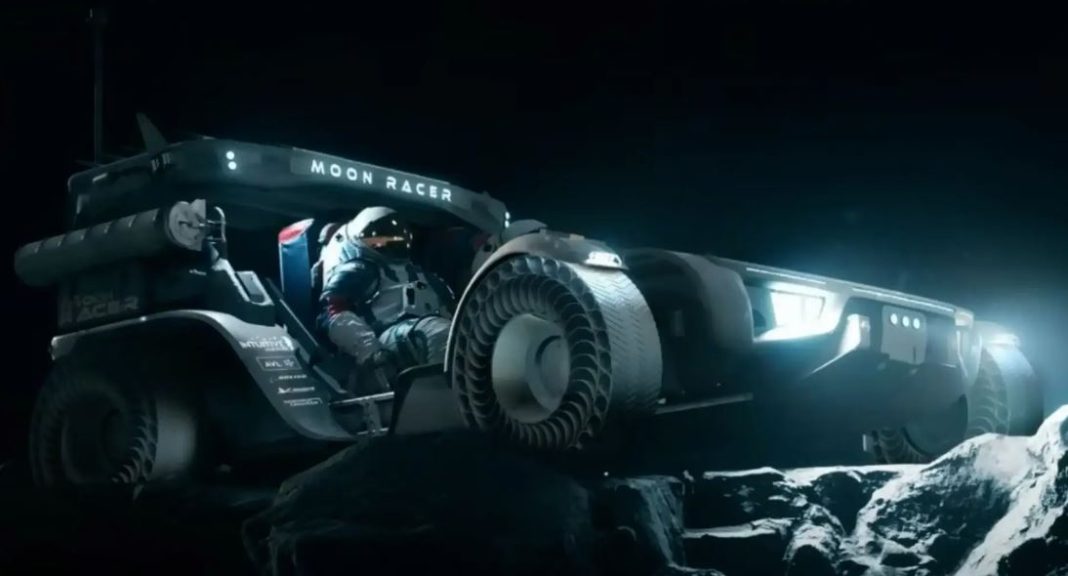NASA has embarked on an exciting initiative to lease advanced lunar vehicles for traversing the rugged terrain of the moon. The agency recently revealed that it has enlisted the expertise of three companies to conceptualize and design vehicles that will transport NASA astronauts across the lunar south polar region in the coming years. These vehicles will possess the capability to autonomously navigate the moon’s surface, akin to NASA’s successful rover missions on Mars.
The primary objective of these self-driving lunar vehicles is to facilitate the movement of astronauts to various locations on the moon, enhancing exploration capabilities and enabling them to rendezvous with future missions. Jacob Bleacher, NASA’s chief exploration scientist, emphasized the significance of this development, stating that the mobility offered by these vehicles will revolutionize humanity’s understanding and exploration of the moon.
The selected companies tasked with developing these lunar vehicles are Intuitive Machines of Houston, Lunar Outpost of Golden, Colo., and Venturi Astrolab of Hawthorne, Calif. While all three companies will propose preliminary designs, only one will ultimately be chosen to construct and deploy the vehicle for NASA’s lunar missions.
NASA’s requirements for the lunar terrain vehicle (L.T.V.) include the ability to travel at speeds of up to 9.3 miles per hour, cover a distance of approximately a dozen miles on a single charge, and support eight hours of continuous operation. Over the next year, NASA will collaborate with the three companies to refine their designs, following which one will be selected for the demonstration phase.
However, the L.T.V. will not be available in time for Artemis III, NASA’s first scheduled lunar landing under its return-to-the-moon program, slated for 2026. Instead, the goal is to have the L.T.V. operational before Artemis V, the third lunar landing mission anticipated in 2030, according to Lara Kearney, manager of NASA’s extravehicular activity and human surface mobility program at the Johnson Space Center.
The L.T.V. contract represents a significant investment by NASA, totaling up to $4.6 billion over the next 15 years, covering five years of development and a decade of lunar surface operations. While the majority of the funding will go to the winning company, the contract allows for the potential financing of additional rover development or competition from other companies in the future.
This contracting strategy aligns with NASA’s recent approach of procuring services rather than hardware. Unlike previous practices where NASA owned and operated vehicles, such as the Saturn V rocket and the Apollo moon buggies, the selected company will retain ownership of the L.T.V. and have the flexibility to lease it to other customers when not in use by NASA.
Steve Altemus, CEO of Intuitive Machines, highlighted the commercial potential of the L.T.V., noting that it can be utilized for various purposes by international partners, commercial entities, and other space agencies worldwide.
The competition has fostered collaborations between small startups and established aerospace companies, as well as automotive manufacturers. For instance, the Intuitive Machines team includes Boeing, Northrop Grumman, and Michelin, while Lunar Outpost has partnered with Lockheed Martin, Goodyear, and General Motors.
Astrolab has joined forces with Axiom Space, a Houston-based company that has facilitated private astronaut missions to the International Space Station and is developing a commercial module for the station. Additionally, Astrolab has independently secured an agreement to send one of its rovers to the moon aboard a SpaceX Starship rocket by 2026.
Although Lunar Outpost competes with Intuitive Machines for the L.T.V. contract, it plans to collaborate with the company to deploy smaller robotic rovers to the moon using its lunar landers.
NASA’s initiative to develop self-driving moon rovers marks a significant step forward in advancing lunar exploration capabilities and underscores the agency’s commitment to leveraging private sector innovation for space exploration.

